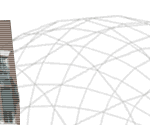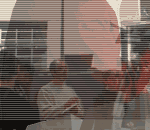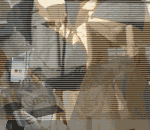The
YMCA Berkeley, California
The Berkeley YMCA is a unique in that is comprised of three buildings of
different ages. The first construction was from about 1910, followed by
additions in 1960 and more recent work in the 1980?s. The mix of age, design,
space, and style creates a complex problem to examine on a number of levels.
The building itself occupies the northeast corner of Allston and Milviia
Streets in downtown Berkeley. It is bordered on the north and east by two
buildings, both of which are as tall or taller than the YMCA itself. The
west portion of the building is dedicated primarily to the residential program
of the building. The south part of the building contains the main entrance
and most of the fitness program areas, such as the exercise and cardiovascular
rooms. Several pools, locker rooms, offices, gyms, daycare, and other programs
are scattered throughout the remaining portions of the building. Energy
costs are of primary concern to the YMCA, even before the recent crisis
in California. Heating the pools, lighting, and proper ventilation for occupant
well-being are the main energy uses at the YMCA and what interested our
class.
The Research
This year's Secret Life of Buildings class takes an in-depth look at the
YMCA in downtown Berkeley, California. Through hands-on research and testing,
we took the vital signs of this historic building to evaluate its performance
with regard to energy use and other environmental technology topics. The
class began with an initial, observational visit to the building in January
2001 to formulate questions, develop hypotheses for study and to generate
methodologies for gathering information. On-site measurements were taken
and later evaluated back in Eugene, Oregon. Several weeks of research and
evaluation led to a second visit to the building in mid-February to present
preliminary findings to the YMCA facilities committee. We were also able
to collect additional data. The three teams in our class have developed
four case studies and posted them to the course website. These case studies
are part of a growing knowledge base of material related to the Vital Signs
project.











